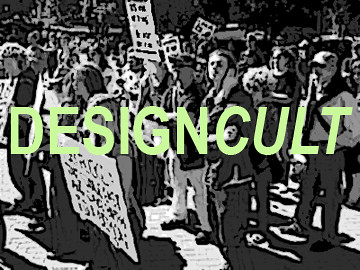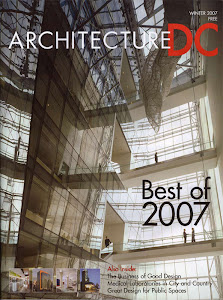 "I feel this way about it. World trade means world peace and consequently the World Trade Center buildings in New York ... had a bigger purpose than just to provide room for tenants. The World Trade Center is a living symbol of man's dedication to world peace ... beyond the compelling need to make this a monument to world peace, the World Trade Center should, because of its importance, become a representation of man's belief in humanity, his need for individual dignity, his beliefs in the cooperation of men, and through cooperation, his ability to find greatness."
"I feel this way about it. World trade means world peace and consequently the World Trade Center buildings in New York ... had a bigger purpose than just to provide room for tenants. The World Trade Center is a living symbol of man's dedication to world peace ... beyond the compelling need to make this a monument to world peace, the World Trade Center should, because of its importance, become a representation of man's belief in humanity, his need for individual dignity, his beliefs in the cooperation of men, and through cooperation, his ability to find greatness."
— Minoru Yamasaki
The words of architect Minoru Yamasaki, describing his design for the World Trade Center in New York City, carry an especially ironic meaning today, six years after the towers were destroyed in a terrorist attack. And although such peace as the architect hoped to symbolize in his great structures has yet to be realized, it is commendable that such a notion should be associated with this work of architecture.
A work of architecture, as with any object, has certain prerequisite functions that it must achieve. This is the project's program. But a project's program is not synonymous with a project's goal. For the goal of any well designed object should not merely be to satisfy the basic needs, but to strive to be something more. It should meet certain, less tangible needs. Sensual needs. The goal should not merely be basic. And although Henri Louis Sullivan's assertion that "Form follows function" is one of the cornerstones, if not catch phrases of modern design, as Frank Lloyd Wright later stated, "'Form follows function'...has been misunderstood. Form and function should be one, joined in a spiritual union." While function is what gives rise to the design, and dictates its basic organization, it is this spirit, this sense of meaning, or of evoking some human response, that ultimately leads to form.
Too often I see works of architecture that are truly uninspired. They have no expression to offer, no higher purpose, no soul. Every design object can have a life of it's own. A certain response to its placement or surroundings, to its time, to its function; it is these responses in the design that give it a voice; it's what makes a building more than just floors, walls, and a roof. It's what causes us to stand in admiration of a beautiful object, a great building, or a towering skyline. It's what reaches us on our most basic level, and gives a work its humanity. It is more than form following function. It is form following ambition.









No comments:
Post a Comment